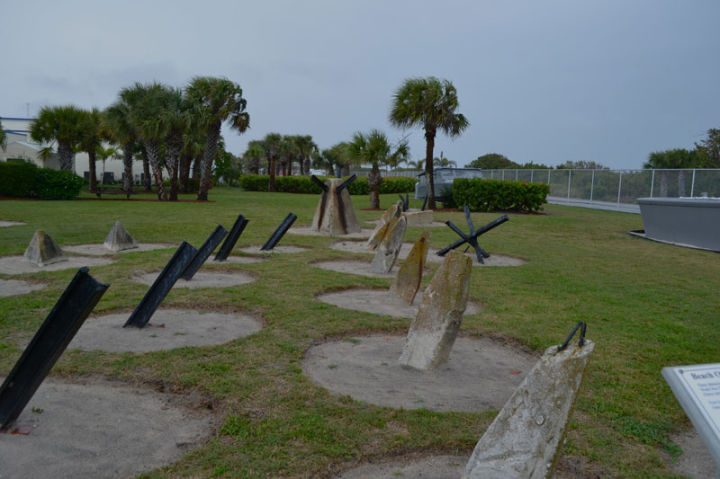INDIAN RIVER COUNTY — The Indian River County Commission Tuesday gave permission to the Army Corps of Engineers to use a portion of Round Island Park for coastal access if needed to remove old World War II landing craft obstructions and explosives from shallow water along the county’s seacoast.
A Corps representative told the commission that a stretch of beach extending from Vero to Jensen Beach was part of the 19,000-acre Fort Pierce Naval Amphibious Training Base.
“The base fulfilled two primary missions during World War II,” the representative said. “Its original mission was amphibious training, including training the first navy frog men in the use of underwater explosives.
Later, Vero’s beaches were used to develop new amphibious assault techniques based on lessons learned early in the war by the army in North Africa and Italy and by the Marines in the South Pacific in preparation for the D-Day assault on Normandy and possible invasion of Japan.
“During 1943, the joint Army-Navy Experimental and Testing Board was established to develop and test procedures for breaching and removing beach fortifications expected to be encountered in Europe and Japan,” the representative said. “Beaches were fortified in the northern portion of the base and a variety of ordinance was tested against the fortifications.”
The Army Corps has been removing jagged concrete and steel obstructions and fortifications ever since, in a series of sweeps that began in the 1950s.
The fortifications ranged from simple steel beams stuck up at an angle to spiked concrete and steel structures known as horned scullies that weigh up to 16 tons. Some of the fortifications had explosive charges attached that still remain undischarged.
“The fortifications were designed to tear the bottom out of landing craft,” the Corps rep said, adding that some obstructions used by the Japanese were “insidious,” designed to destroy landing craft outright or detour them into explosive booby traps.
He said most of the work will be done from barges with attached cranes. Engineers will drag magnetometers that detect metal along the shore. When metal is detected it will be examined by sonar. If fortifications that need to be removed are found, divers will descend to attach chains to the objects which will then be hoisted aboard the barges.
The Navy SEAL museum will have right of first refusal for any salvaged objects of historical interest. Other objects will be scrapped.
“If we find something that can’t be winched aboard the barge we will have to pull it up on the beach and load it on a truck to remove it,” the Corps rep said, explaining why access to Round Island Park is needed.
Work on the project, known as the Defense Environmental Restoration Program, began on June 3. It will be wrapped up and described in a report sometime next winter.
The project manager said this is expected to be the final sweep of the coast by the Corps.

